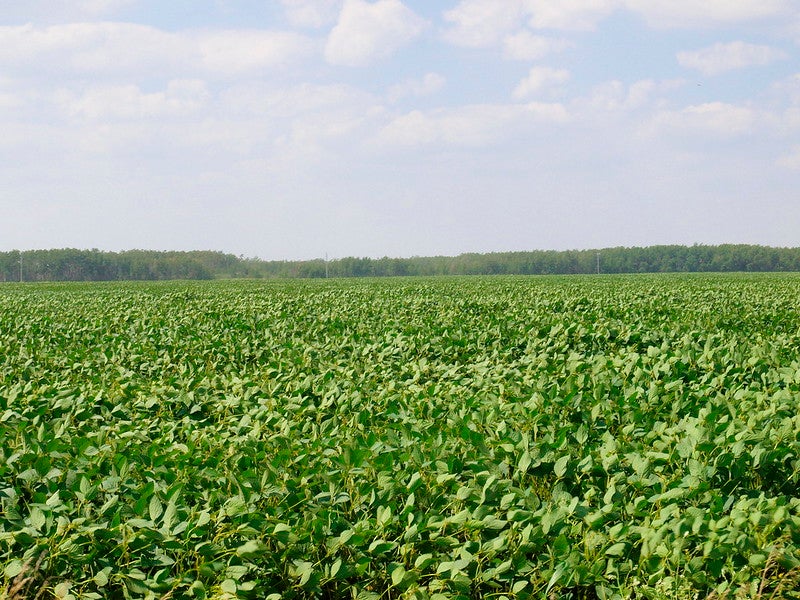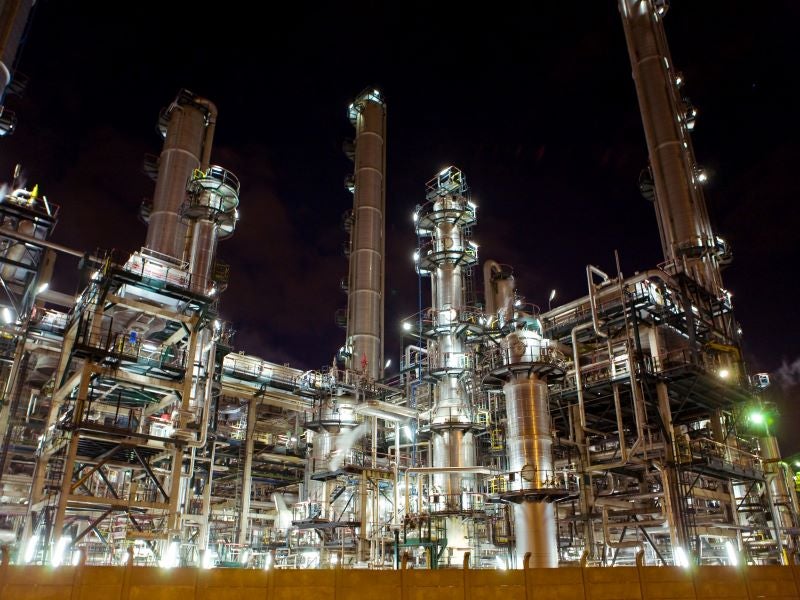Calumet Montana Refining’s Great Falls refinery in Montana, US, is being reconfigured to produce diesel from renewable feedstocks. The renewable diesel project, named Montana Renewables, involves the conversion of the existing hydrocracker unit of the refinery.
Calumet Montana Refining, the owner and operator of the 30,000 barrels a day (bpd) refinery, is a subsidiary of Calumet Specialty Products Partners (CLMT), which is headquartered in Indianapolis, Indiana, US. CLMT produces and markets a diverse range of specialty hydrocarbon products by operating 12 facilities across North America.
Calumet became the owner and operator of the Great Falls refinery by acquiring Montana Refining from Connacher Oil and Gas in October 2012. Calumet has since then invested more than $600m (£435m) to increase the refinery’s crude oil processing capacity from 10,000bpd to 30,000bpd.
Montana Renewables project details
The Montana Renewables project is expected to commence production of renewable diesel by processing soybean oil feedstock at the Great Falls refinery in the second quarter of 2022. The initial production capacity will be 5,000 barrels of renewable diesel a day.
The refinery’s existing hydrocracker unit, which was constructed in 2016 for processing high acid feed, will undergo minor modifications, while a feedstock pre-treatment unit will also be installed in the refinery complex.
The Great Falls refinery received the first seed oil feedstock for renewable diesel production in August 2021. Calumet is also planning to source other renewable feedstocks from the farmers in Montana.
The potential markets for the renewable diesel produced from the Montana Renewables project are the US West Coast and Canada, while the refinery will also continue to produce conventional fuel and asphalt along with renewable diesel.
Location and crude oil supply to the Great Falls refinery
The Calumet Montana refinery is located in Great Falls, Cascade County, in northern Montana, US. Spanning 86 acres, the refinery site is situated along the Missouri River.
The Great Falls refinery receives light and heavy crude oil from western Canada through the Front Range pipeline system, which is connected to the Bow River South and Rangeland pipeline systems in Canada.
Production at Calumet Montana Great Falls refinery
The refinery produces a range of products including petrol, diesel, jet fuel, naphtha, and asphalt which are transported by rail and road. Most of the fuel and asphalt products from the refinery are supplied to Montana, Idaho, and Canada through spot sales agreements and short-term supply contracts.
The total production from the refinery in 2020 stood at 26,742bpd compared to 25,690bpd in 2019. The refinery processed crude oil at a rate of 26,204bpd and 25,066bpd respectively during 2019 and 2020.
Processing facilities at Great Falls refinery
The Calumet Montana oil refinery at Great Falls consists of 15 major processing units that include two crude units, a fluid catalytic cracking (FCC) unit, a mild hydrocracker (MHC) unit, and a catalytic reforming unit (CRU), along with a hydrogen fluoride (HF) alkylation unit and a hydrotreater unit.
The other facilities in the refinery include three hydrogen plants, a naphtha hydrodesulphurisation (HDS) unit, a diesel HDS unit, a deisobutaniser unit for separating isobutane from normal butane and heavier hydrocarbons, and a sodium hydrosulphite production unit.
The Great Falls refinery site also houses 75 storage tanks with a combined capacity of approximately 1.1 million barrels, along with associated loading and unloading facilities and utilities.
Calumet Montana refinery expansion
Calumet completed a major expansion project to increase the refinery’s crude oil throughput capacity by 15,000bpd to 30,000bpd in February 2016. It also allowed producing additional fuels and refined products, and reducing air emissions as well as meeting sulphur limits in gasoline and diesel as mandated by the US Environmental Protection Agency (EPA).
The expansion project included the installation of a new crude unit capable of processing crude oil and other feedstock, an 18,000bpd mild hydrocracker unit, a hydrogen plant, and sulphur scrubbing units, apart from new tankage and loading facilities.





